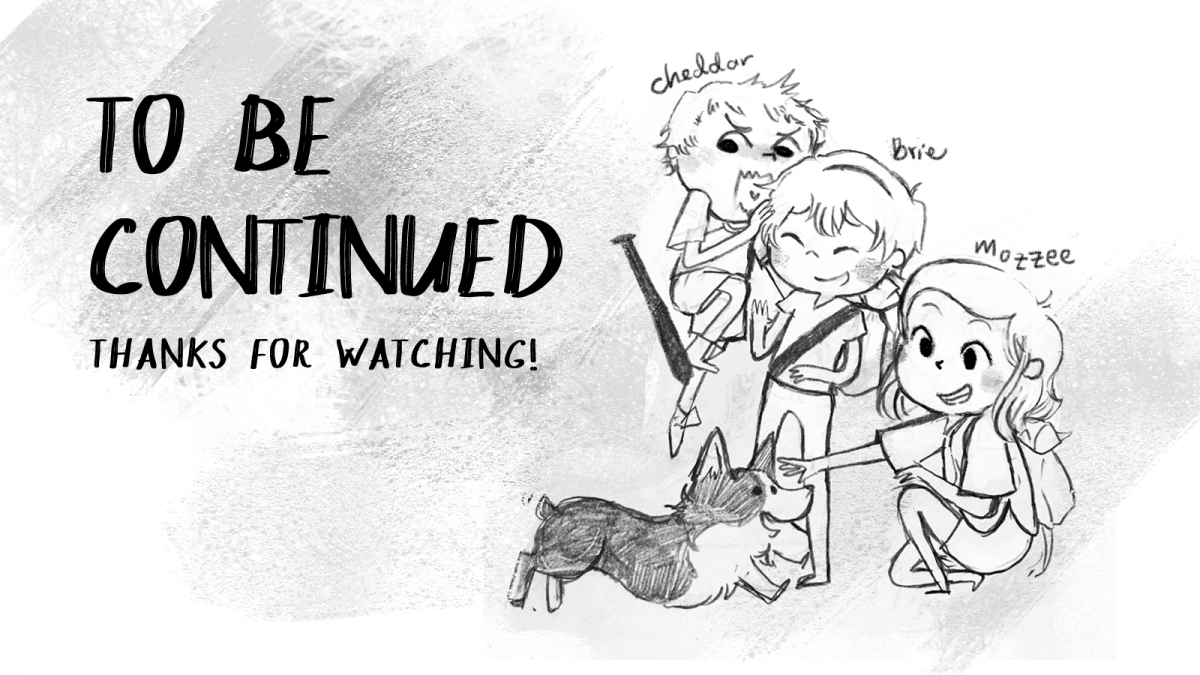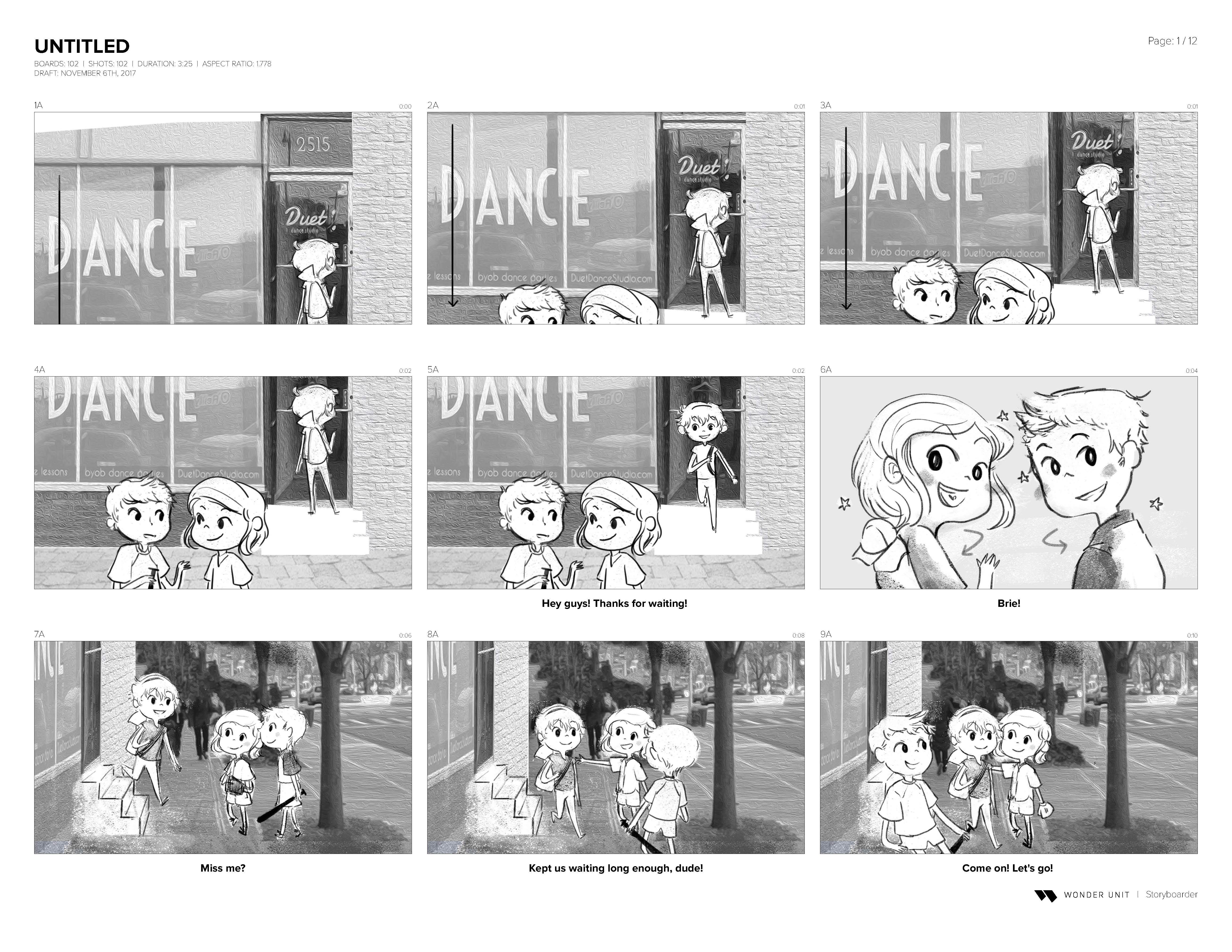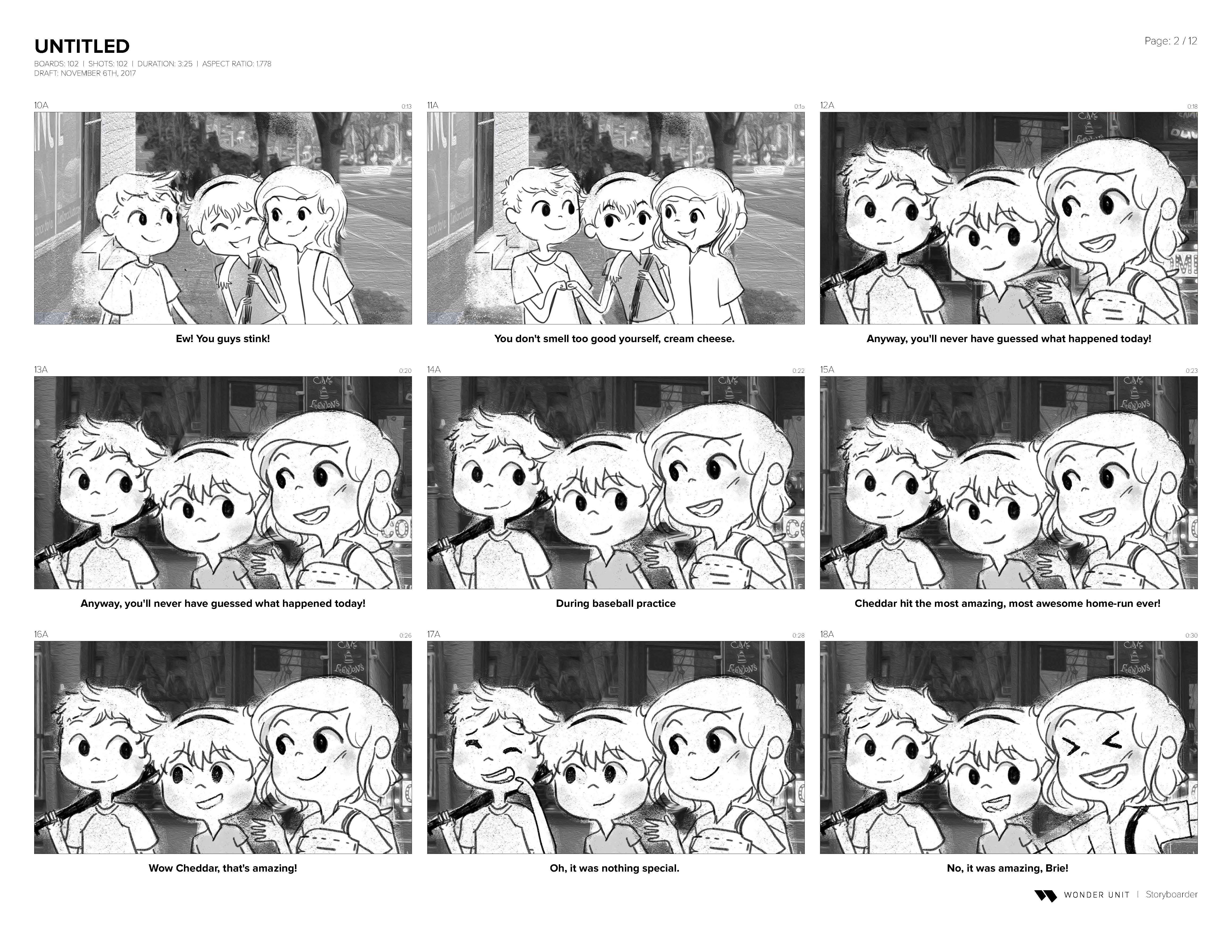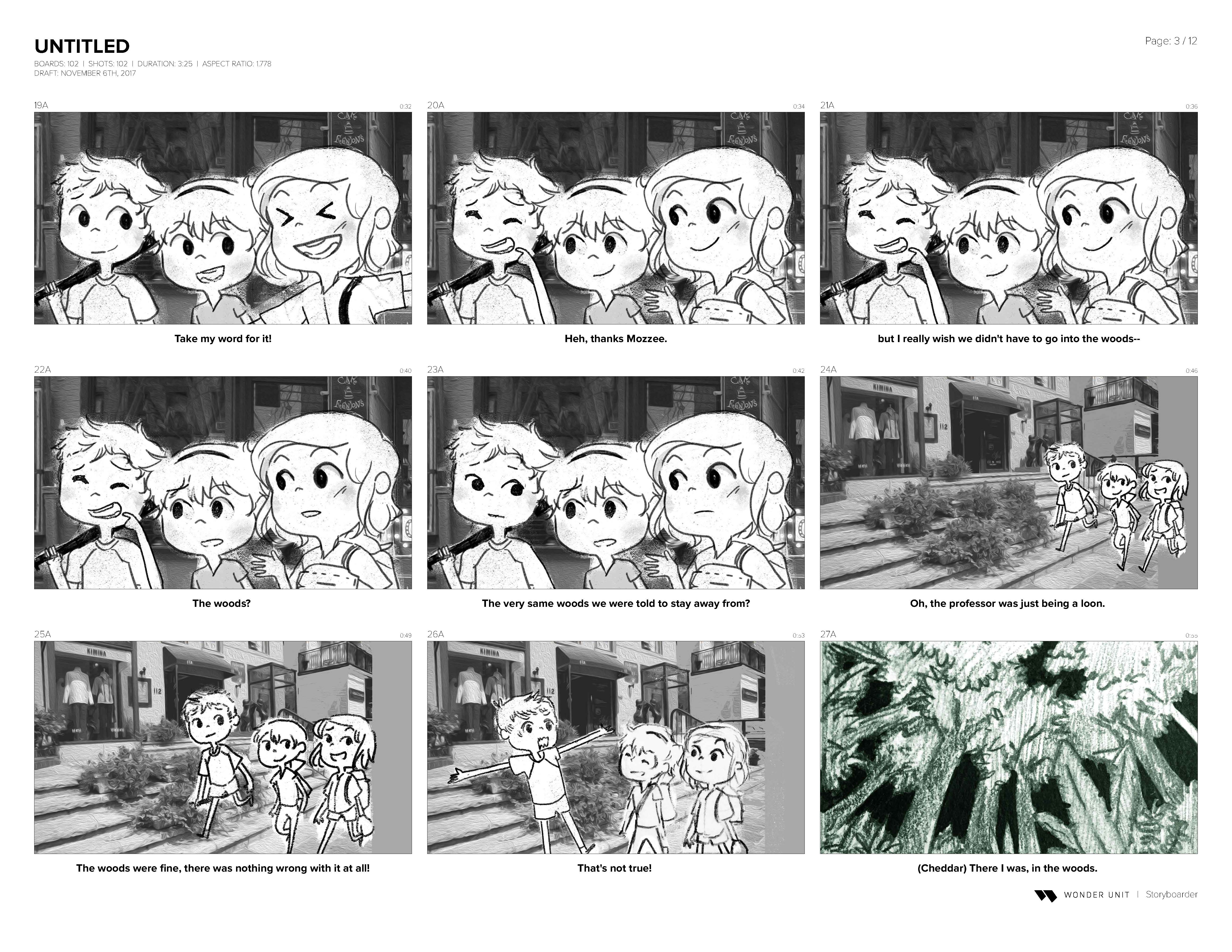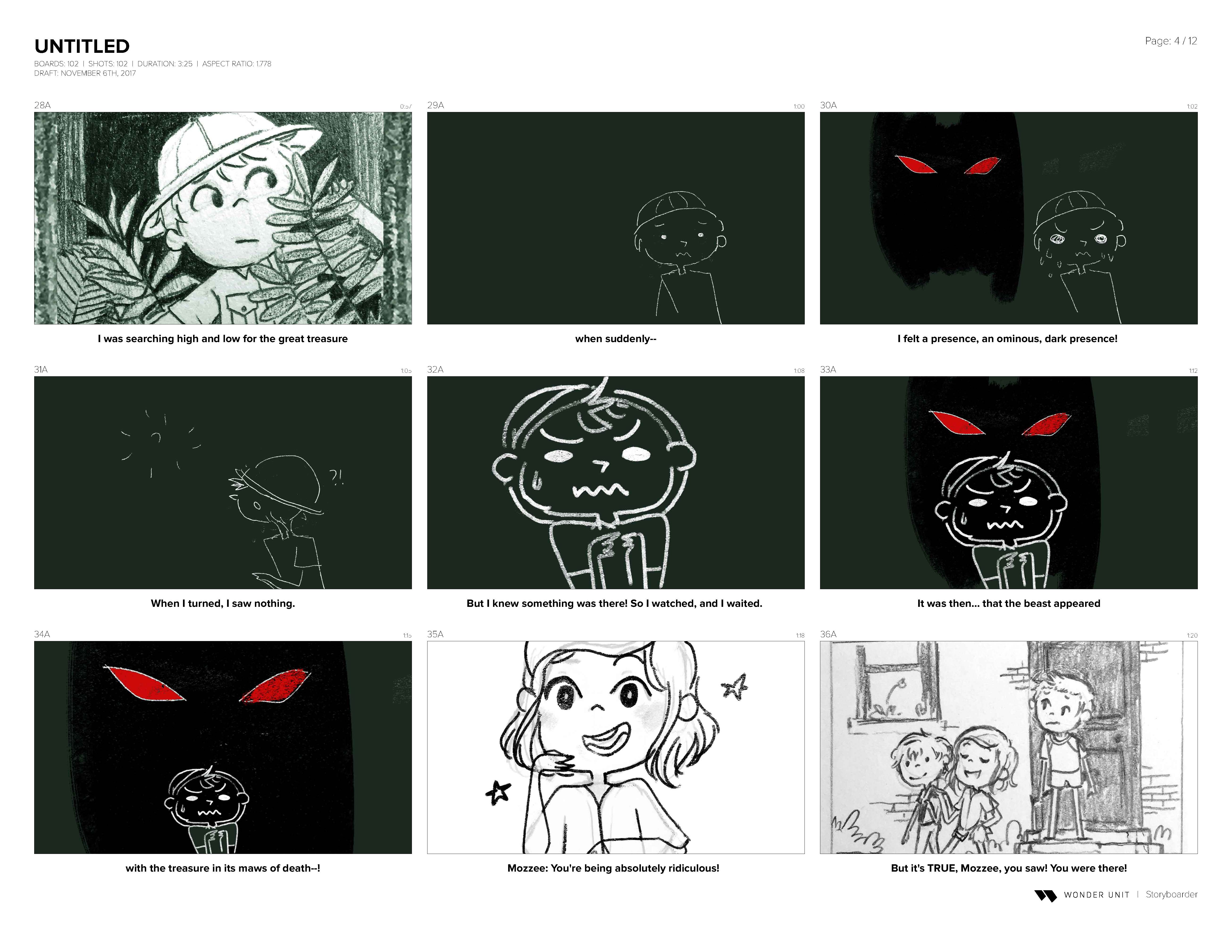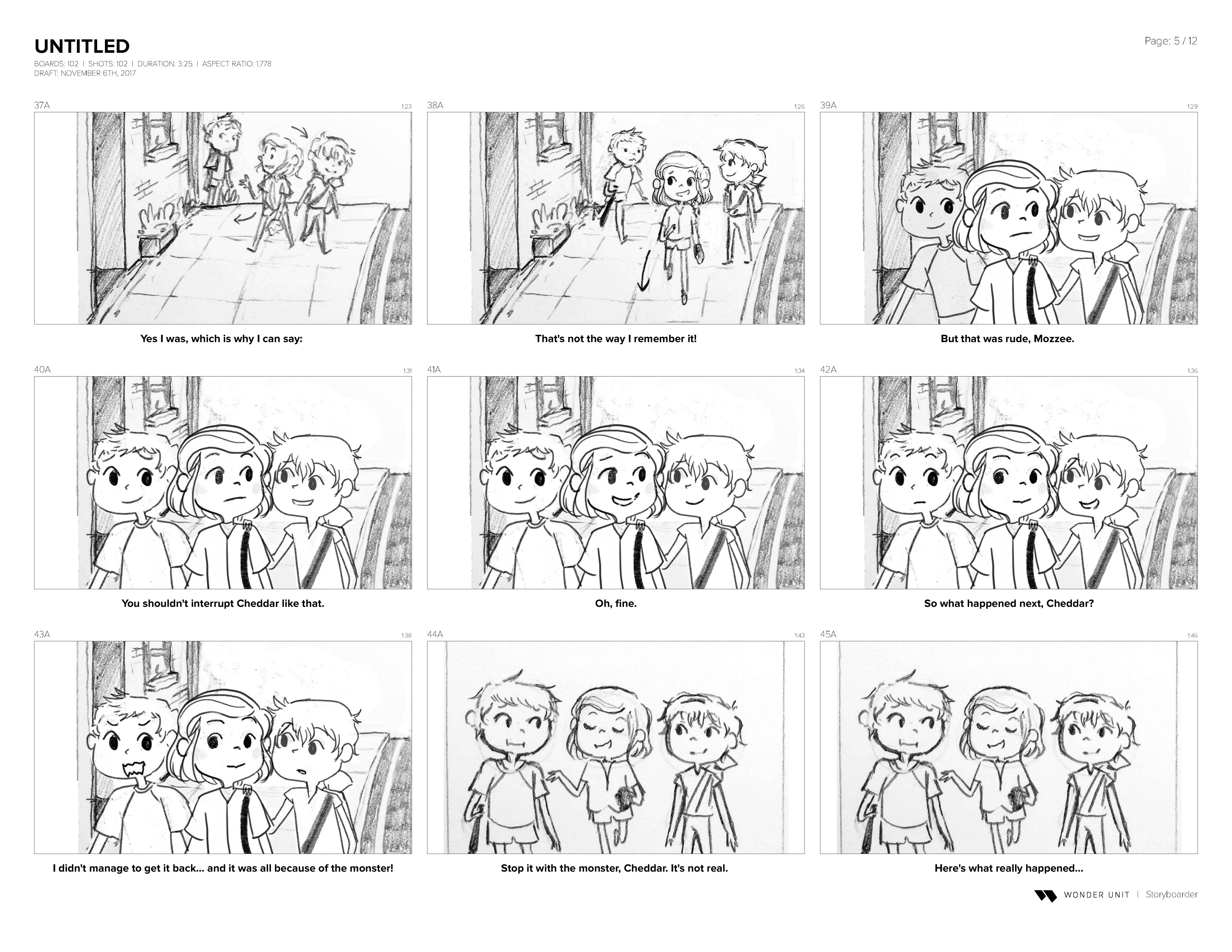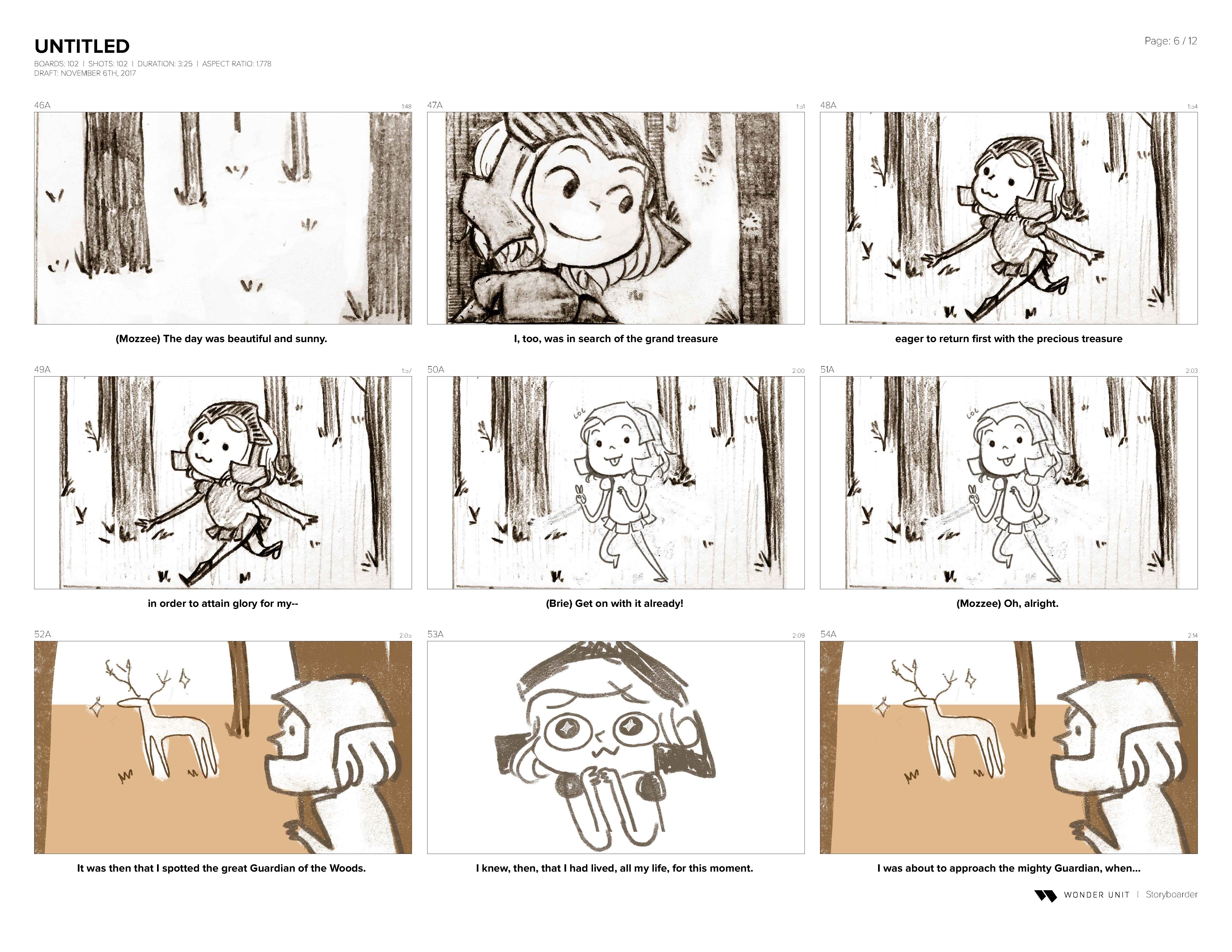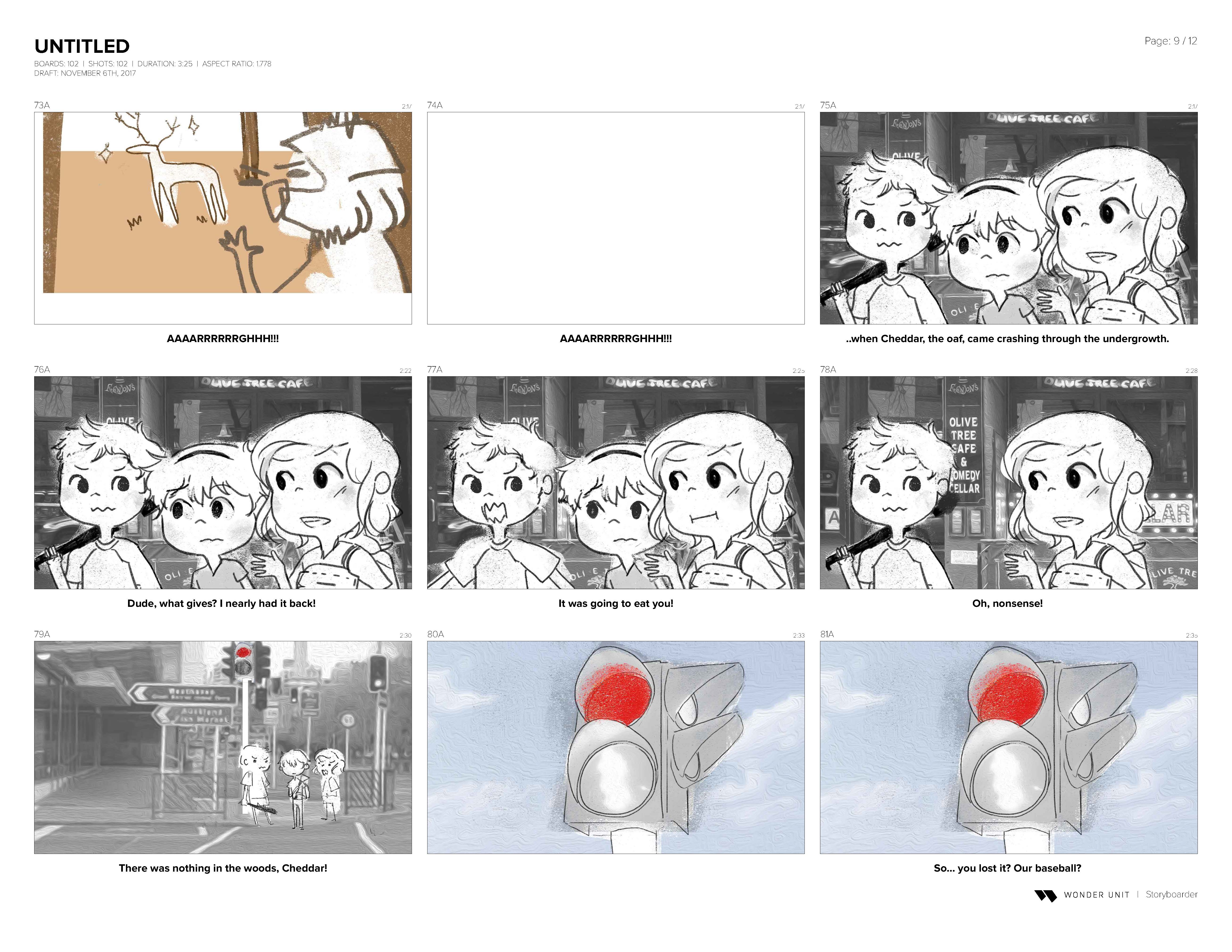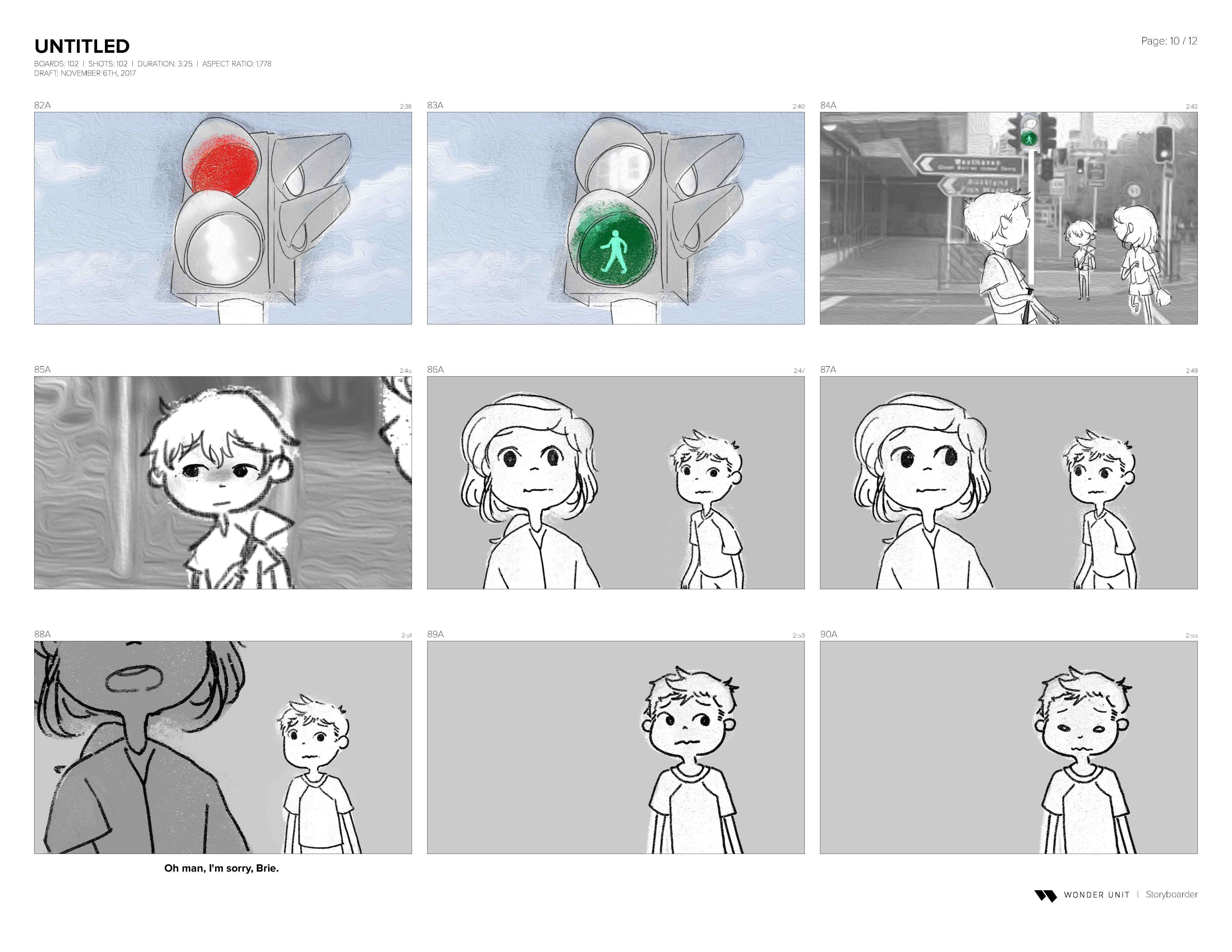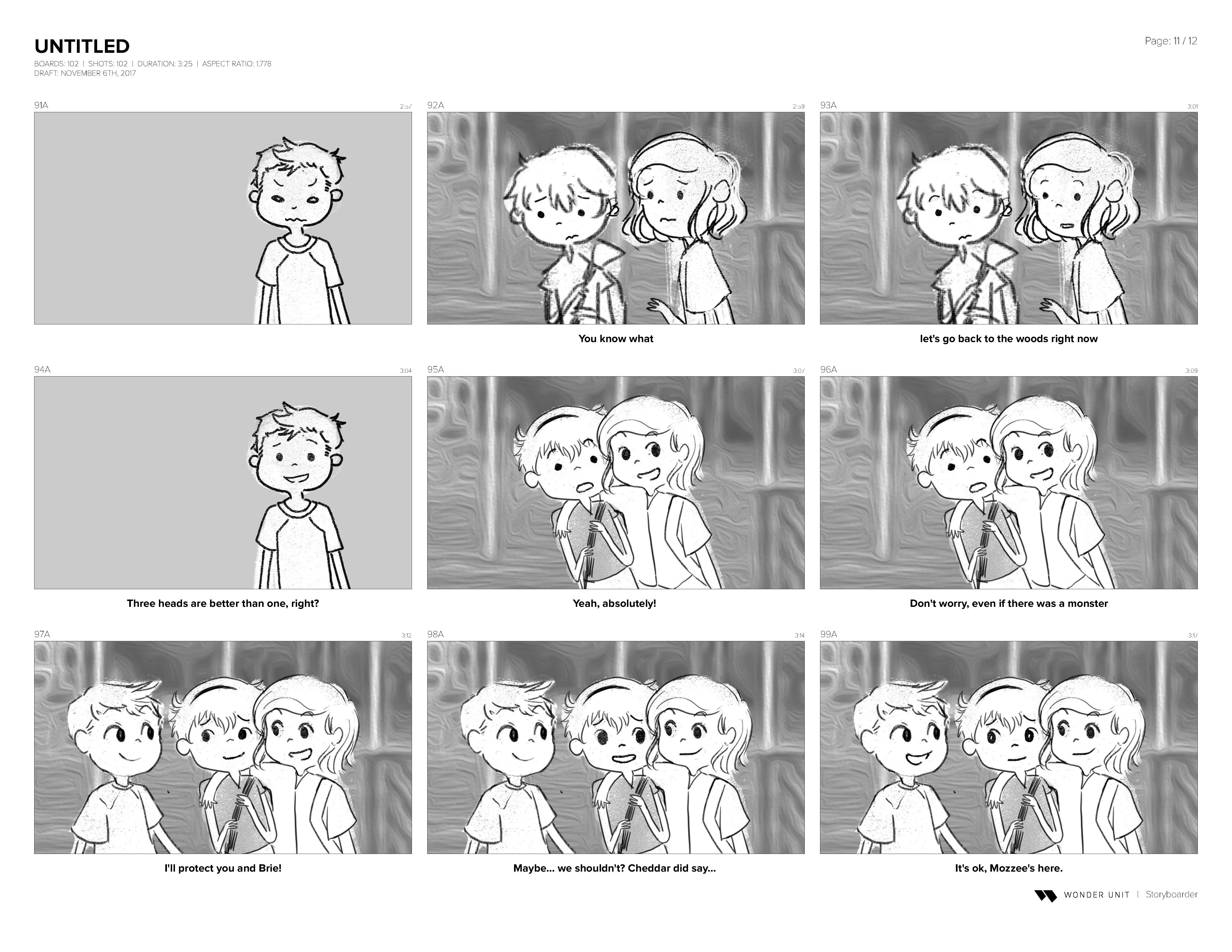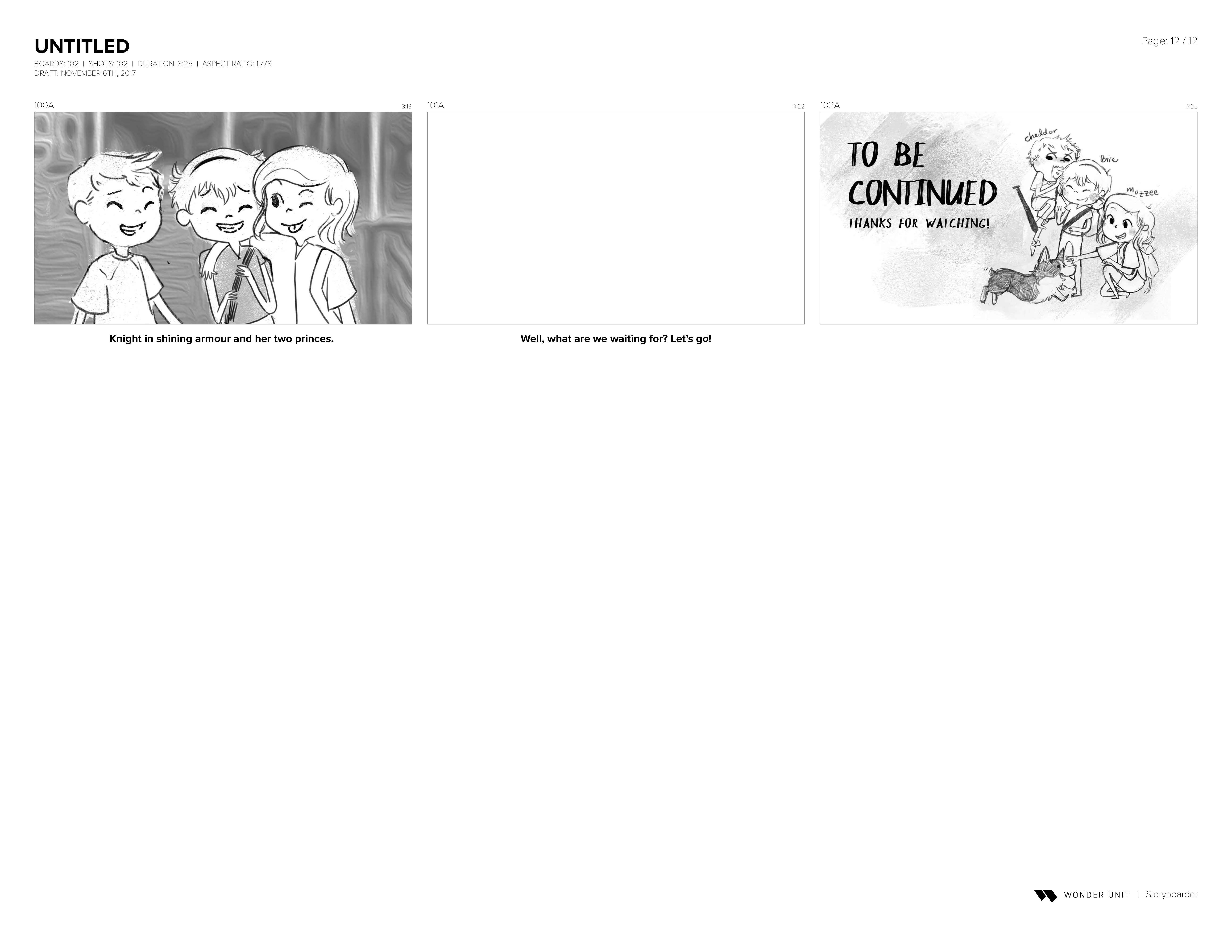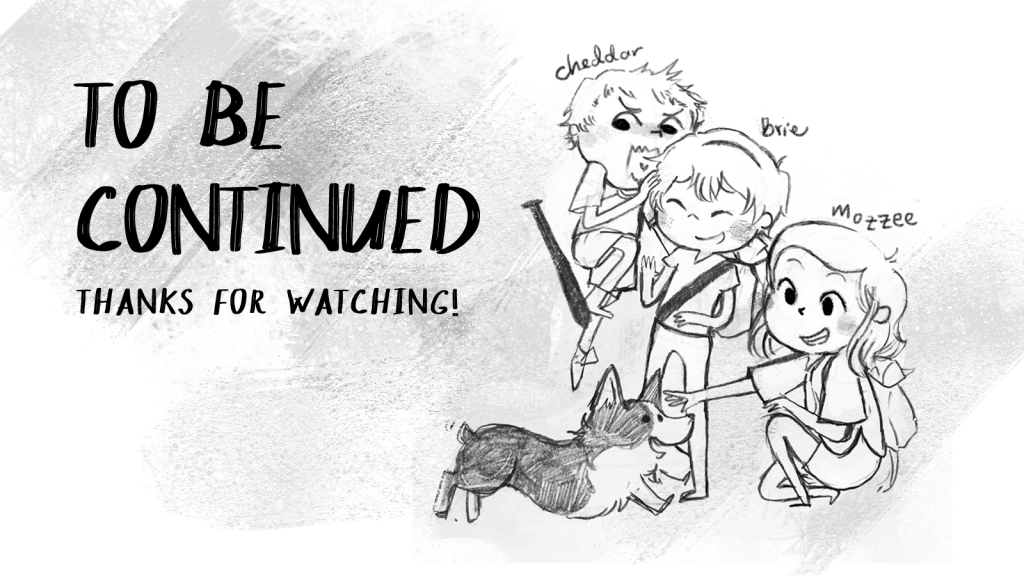#animatic1
Category: assignment 1
Storyboarding – Reverse Storyboarding
The Grand Budapest Hotel
Director: Wes Anderson
The Grand Budapest Hotel is a work by Wes Anderson, who is known for his distinctive style in cinematography, colourful casting and sets.
In the Grand Budapest Hotel, most of the shots are very centralised – the focus of the shots are very clear cut. Most shots are also closely cropped, giving a sense of intimacy. The entire film gives off a sense of surreality and does not try to be realistic and immersive in its shots – instead it feels and looks more like a well-staged theatre play, toeing the border between kitschy and classy. Each still shot is functional on its own as a visual image, which makes the entire movie a feast for the eyes.
Foreground, mid-ground and background often very clear and segregated, like theatre stills or animated sequences. Compositionally, the graphic separation is also very clear. The main characters, M. Gustave and his lobby boy (and eventual brother-in-arms), Zero, are usually deck out in the darkest colours of the scene, especially in comparison to the setting of the Grand Budapest Hotel itself. The hotel’s set is often lighter in tone, with light pinks and creamy warm hues like light brown, while M. Gustave, Zero and the other hotel staff are clad in striking dark purple. The main characters are also very clearly delineated from the rest of the characters, often separated, emphasising on the one dimensionality of the supporting cast, which are often portrayed as the comedic element or the confused, amused watching audience. This aspect is emphasised from their sense of aloofness, as if they are completely removed from the situation and are merely just watching observers.

Seven Samurai
Director: Akira Kurosawa
In Seven Samurai, I noticed that Kurosawa’s shots held visual interest and a strong sense of movement.
One stylistic trait I read about (and also noticed) was Kurosawa’s tendency to cut scenes while characters are in motion e.g. in the scene I selected, the three rowdy villagers are shown exiting the frame – before they finish exiting the frame, however, the scene jumps to a cut of the three of them settling down at a table. This gives the entire scene a strong sense of continuity, and this cinematic decision was employed quite liberally throughout the film.
Kurosawa’s camera movements are also dynamic and purposeful – when he begins a shot, it is often composed such there is an ‘end point’. This technique has been referred to as the “axial cut”, in which the camera would move closer to or further away from an object without interrupting the shot – much like the one-take technique, although the camera does not shift much, only panning around and zooming in and out. Kurosawa would start on a frame, which would pan away to show another happening, such as the reactions of a crowd or a dramatic action/reaction. I found it quite refreshing as it added a lot of visual interest to the movie, something I find isn’t that common in contemporary cinematography, which employs quite ‘basic’ shots (shots that are functional enough to carry the plot/characters/dialogue through).
Compositionally, with the aforementioned camera techniques in mind, Kurosawa’s compositions often did a lot of “stacking”. Each scene usually had many characters, whether it be main characters or the crowd. Often, this ‘stacking’ allowed Kurosawa to display and amplify the reactions of the various characters. For example, in this scene, as the three rowdy villagers speak, the expressions of the samurai in the background are evident (helped along by the fact that the samurai were well lit by the ambient light through the window) – Kurosawa was able to bring this moment out, demonstrating the relationship of the actors and the various reactions without employing any cuts. The choice in stylistic composition is evident throughout the movie as well.
